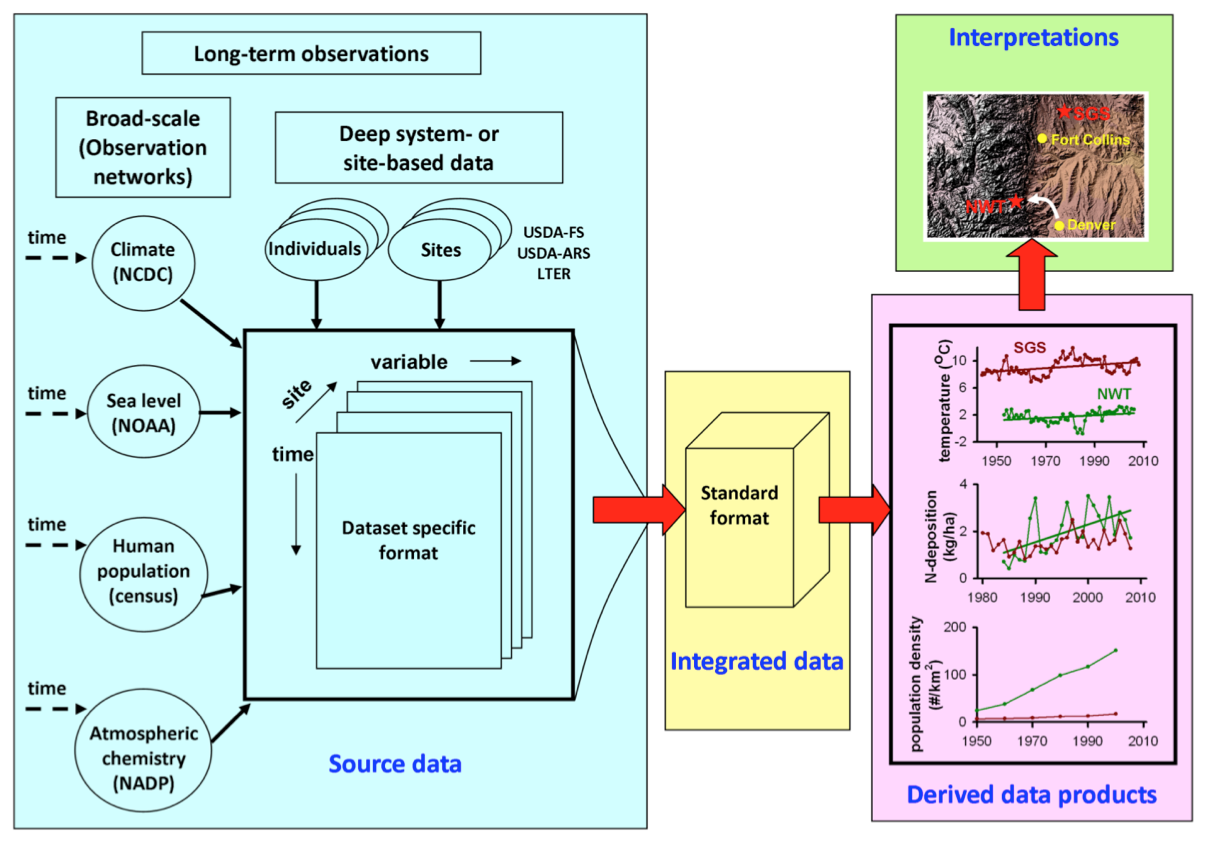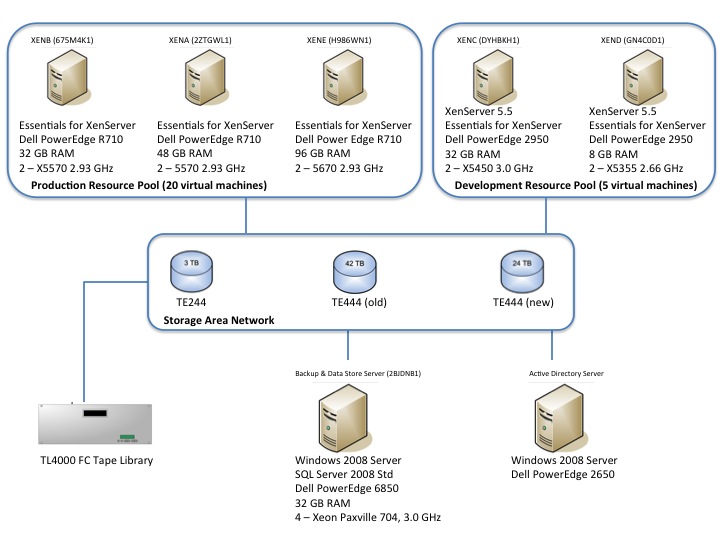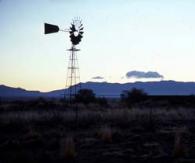Data Management: The conceptual framework for providing access to our varied and numerous data sets is presented in Fig. 7. The Jornada has adopted the on-site data management policies established by NSF for the LTER network. The Jornada Basin Information Management System provides protocol and services for data collection, verification, organization archives and distribution in accordance with LTER guidelines, (see: https://jornada.nmsu.edu/ltar/data/policies). All data collected within the Jornada, either LTER, USDA, or other funding sources, complies with these data management policies.
Associated with data management policies is a data access policy that all data are made publicly available no later than 2 years after submission of the original data, unless a specific extension to this time limit is granted to a PI for a specific reason. Initial documentation for any data set is required of all scientists, collaborators, and their students and field personnel within 90 days of initiation of data collection. All data forms, access requests, and documentation forms are available on-line from https://jornada.nmsu.edu/ltar/data/documentation.

Fig.7. The Jornada data availability strategy is built around the concepts of providing access to source data, integrated data, and derived data products, in order to create increased opportunities for interpretations of these data (From Peters 2010).
Information Technology/Data Acquisition System: The Jornada Information Management System includes acquisitions and management of spatial data and provision of network and computing systems (see Fig. 8). This system is staffed by 6 full-time personnel funded by both USDA and NSF LTER programs. These positions include an overall systems manager, 2 GIS specialists, a computer systems manager and 2 network and data system support personnel. The Information Management system (IMS) is integrated with a Geographic Information System and is composed of a relational database management system and metadata repository.
All metadata can be searched and accessed through the Jornada data web access points. The sensor networks include both local (for example, dust collector network) and national (for example, climate reference network, U/V network) networks. National network sensor data are available on-line through respective network web sites. Data acquisitions within the Jornada are facilitated by a T1 fiber optic system based at the Jornada headquarters (HQ) and associated wireless network data access modes across the range, and a radio based data transmission system for transfer of data from remote instruments to Jornada HQ and subsequent relay to other hosts.

Fig. 8. Jornada network server system, including virtual servers established for both data development and data production activities.




